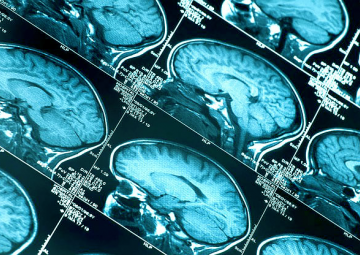Principal Investigator
Martin Dichgans
Institut für Schlaganfall- und Demenzforschung (ISD),
Klinikum der Universität München,
Feodor-Lynen-Straße 17,
D-81377 München, Germany.
martin.dichgans@med.uni-muenchen.de
Summary
| Country | Germany |
|---|---|
| Principal Investigator | Martin Dichgans |
| Contact person (email) | Martin.Dichgans@med.uni-muenchen.de |
| Key publication/reference | Wollenweber et al. Int J Stroke 2014;9:387-392 |
| Years in which study conducted | 2011-2019 |
| Sample | |
| Size | 600 (intended) |
| Population: Hospital/community | Hospital |
| Selection: consecutive/random | Consecutive |
| Admit with previous stroke? | Yes |
| Admit with TIA? | No |
| Age range | 18+ |
| Number of centres | 1 |
| Control group: number, population, selection | No |
| Assessment | |
| Initial: Time and data collected/tests administered | Within 3 days: VRF, MedHx, function, MRI, MMSE, MoCA, IQCODE, blood analyses |
| Detailed | 6m: NΨ, function, depression, CDR |
| Subsequent (follow-ups) | 3m, 2y, 4y: TICS, function |
| Stroke-related data | NIHSS, TOAST |
| Functional tests/data | Modified Rankin Scale, Barthel Index, IADLs |
| Other medical tests/data | DNA, RNA, plasma, serum, CSF |
| Neuropsychological tests | CERAD-Plus, test battery |
| MRI scans, when and how many | Initial, 6m, 3y, 5y |
| PET scans | Amyloid and FDG in patients with incident dementia or cognitive decline |
| Psychiatric exams/diagnoses | Dementia, depression (CES-D), CDR |
| Intervention trialled? | No |
CT=computed tomography scan, MedHx=medical history, VRF=vascular risk factors (hypertension, diabetes, atrial fibrillation, obesity, smoking etc.), NΨ=neuropsychological, TIA=transient ischemic attack, m=month, y=year




